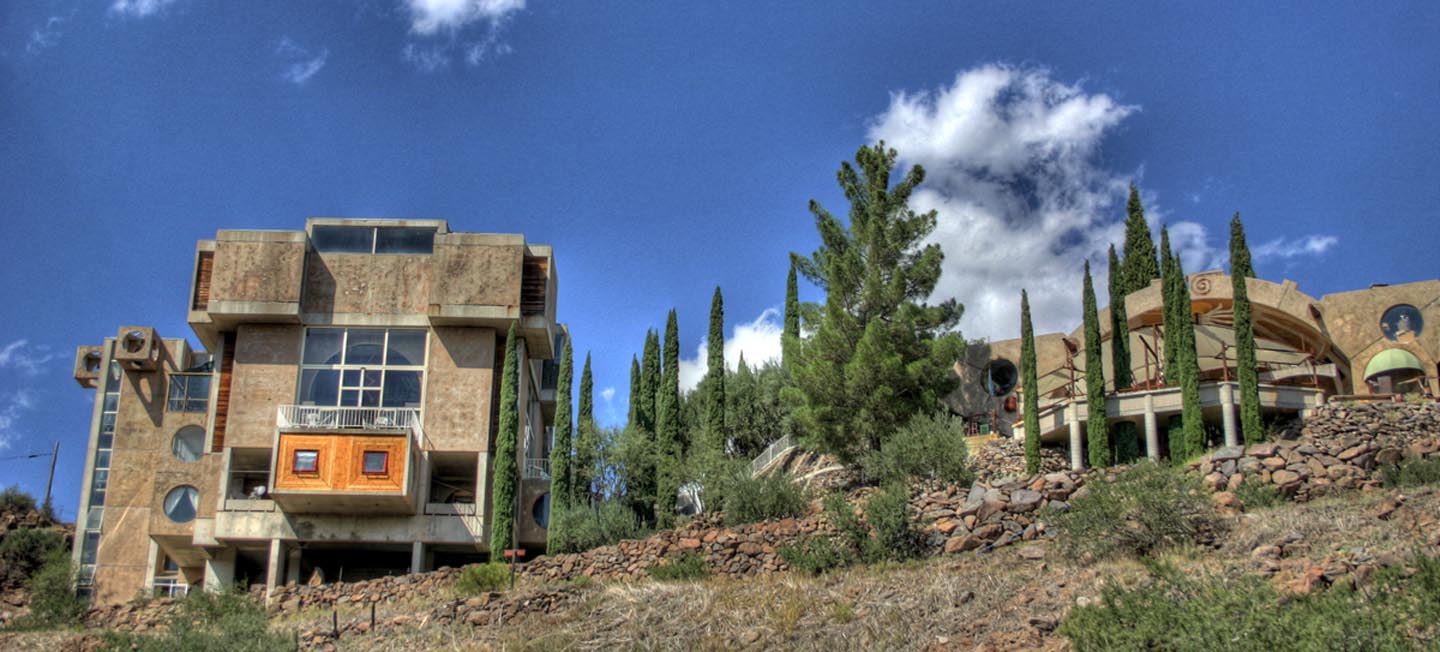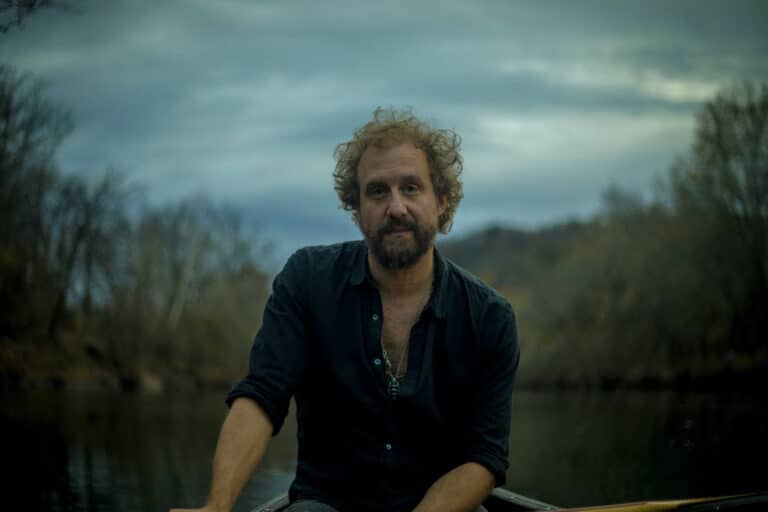Dear EarthTalk: What are “eco-villages?” I’ve heard of one in New York near Ithaca and another one called Arcosanti being built in Arizona. — Jim Killian, Brookline, MA
 Eco-villages are essentially designed communities intending to be socially, economically and ecologically sustainable. Environmentalist Joan Bokaer developed the vision for the first eco-village, which would eventually be built on the outskirts of Ithaca, New York, while on a continent-wide walk for sustainability across the United States in 1990. In Context magazine publisher Robert Gilman helped refine the concept through his research, writing and speaking on the topic. In 1996, the first residents moved into the EcoVillage at Ithaca, and a movement was born. According to the nonprofit Global Ecovillage Network, some 420 eco-villages exist in both urban and rural settings around the world today.
Eco-villages are essentially designed communities intending to be socially, economically and ecologically sustainable. Environmentalist Joan Bokaer developed the vision for the first eco-village, which would eventually be built on the outskirts of Ithaca, New York, while on a continent-wide walk for sustainability across the United States in 1990. In Context magazine publisher Robert Gilman helped refine the concept through his research, writing and speaking on the topic. In 1996, the first residents moved into the EcoVillage at Ithaca, and a movement was born. According to the nonprofit Global Ecovillage Network, some 420 eco-villages exist in both urban and rural settings around the world today.
The defining characteristics of an eco-village, according to Robert Gilman’s seminal 1991 article, “The Eco-Village Challenge,” include “human-scale, healthy and sustainable development, full-featured settlement, and the harmless integration of human activities into the natural world.” Gilman also said that eco-villages should limit their populations to 150 individuals, which is the maximum size for any working social network according to the teachings of sociology and anthropology.
While the term eco-village did not come into common usage until the 1990s, the concept may in fact be older. Arcosanti, a self-described “experimental town” in the high desert of Arizona, 70 miles north of Phoenix, has been under construction since 1970 and eventually will be the home of some 5,000 forward-thinking residents. In keeping with the concept of clustered development so as to maximize open space and the efficient use of resources, the large, compact structures and large-scale solar greenhouses of Arcosanti occupy a small footprint—only 25 acres—within the community’s 4,000-acre “land preserve.”
Italian architect Paolo Soleri designed Arcosanti according to his concept of “arcology” (architecture + ecology), whereby, in his words, “the built and the living interact as organs would in a highly evolved being.” Underpinning the concept is that “many systems work together, with efficient circulation of people and resources, multi-use buildings, and solar orientation for lighting, heating and cooling.”
Those interested in learning more can attend a four-week workshop at Arcosanti to study building techniques and arcological philosophy, while getting a chance to contribute to the city’s ongoing construction. To date, some 5,000 participants have all had a hand in the construction of Arcosanti.
Some other “intentional communities” designed with sustainability in mind around North America include Cobb Hill in Vermont, Vegan in Hawaii, Dancing Rabbit in Missouri, Maitreya in Oregon, Dreamtime in Wisconsin, Paz in Texas, Earthaven in North Carolina, Prairie’s Edge in Manitoba and Kakwa in British Columbia. For information on these and other eco-villages, the Ecovillage Network of the Americas as well as the Global Ecovillage Network offer extensive resources for free online.
CONTACTS: EcoVillage at Ithaca, www.ecovillage.ithaca.ny.us; Robert Gilman’s “The Eco-Village Challenge,” www.context.org/ICLIB/IC29/Gilman1.htm; Arcosanti, www.arcosanti.org; Ecovillage Network of the Americas, ena.ecovillage.org; Global Ecovillage Network, gen.ecovillage.org.
GOT AN ENVIRONMENTAL QUESTION? Send it to: EarthTalk, c/o E/The Environmental Magazine, P.O. Box 5098, Westport, CT 06881; submit it at: www.emagazine.com/earthtalk/thisweek/, or e-mail: [email protected]. Read past columns at: www.emagazine.com/earthtalk/archives.php.
EarthTalkTM
From the Editors of E/The Environmental Magazine








